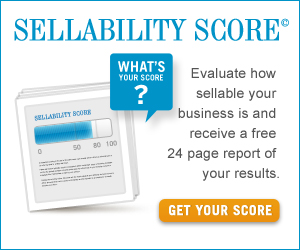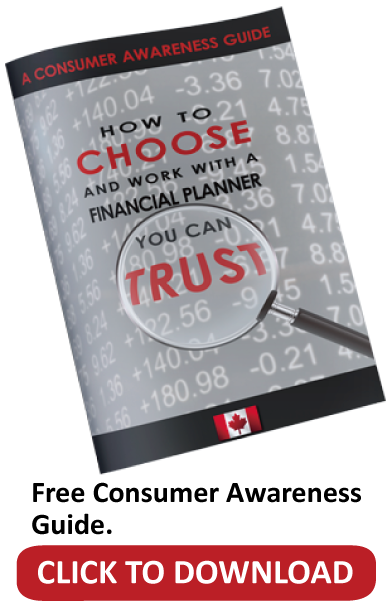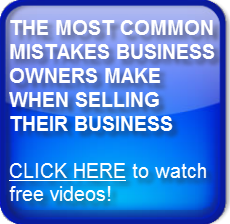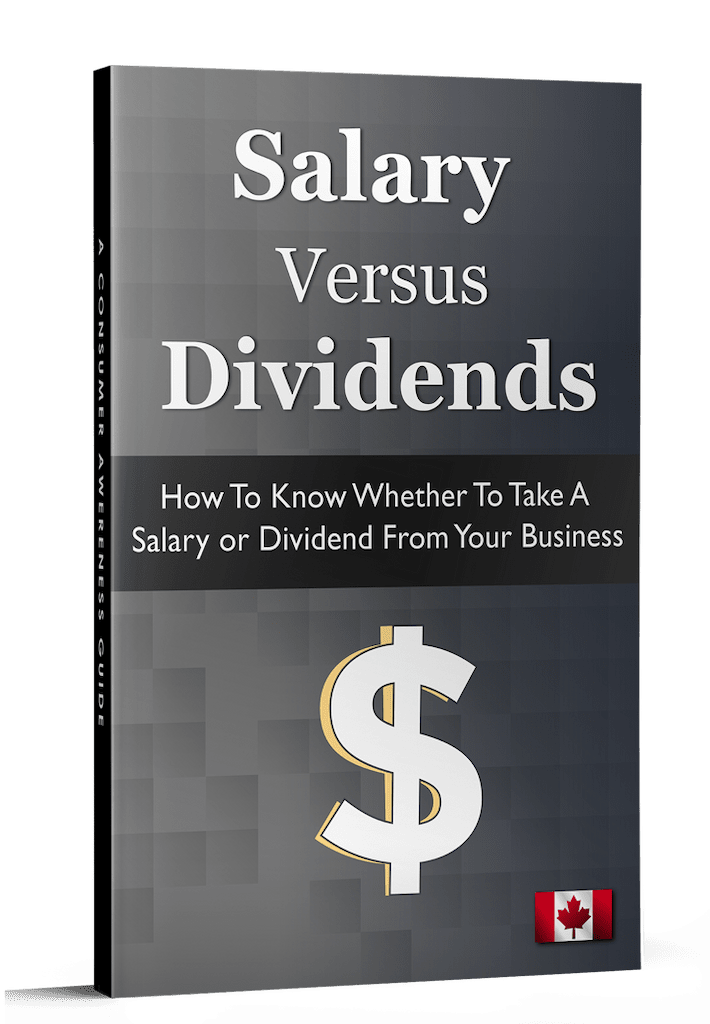Republished with permission from Built to Sell Inc.
Deck: Diversification is a sound financial planning strategy, but does it work for company building?
How does Vitamix get away with charging $700 for a blender when reputable companies like Cuisinart and Breville make blenders for less than half the price?
It’s because Vitamix does just one thing, and they do it better than anyone else.
WhatsApp was just a messaging platform before Facebook acquired them for $19 billion US. Go Pro makes the best helmet mounted video cameras in the world. These companies stand out because they poured all of their limited resources into one big bet.
The typical business school of thought is to diversify and cross sell your way to a “safe” business with a balanced portfolio of products – so when one product category tanks, another line of your business will hopefully boom. But the problem with selling too many things – especially for a young company – is that you water down everything you do to the point of mediocrity.
Here are six reasons to stop being a jack-of-all-trades and start specializing in doing one thing better than anyone else:
1. It will increase the value of your business
When you sell one thing, you can differentiate yourself by pouring all of your marketing dollars into setting your one product apart, which will boost your company’s value. How do we know? After analyzing more than 13,000 businesses using The Sellability Score, we found companies that have a monopoly on what they sell get acquisition offers that are 42 percent higher than the average business.
2. You can create a brand
Big multinationals can dump millions into each of their brands, which enable them to sell more than one thing. Kellogg can own the Corn Flakes brand and also peddle Pringles because they have enough cash to support both brands independently, but with every new product comes a dilution of your marketing dollars. It’s hard enough for a start-up to build one household name and virtually impossible to create two without gobs of equity-diluting outside money.
3. You’ll be findable on Google
When you Google “helmet camera,” Go Pro is featured in just about every listing, despite the fact that there are hundreds of video camera manufacturers. It’s easy for Go Pro to optimize their website for the keywords that matter when they are focused on selling only one product.
4. Nobody cheered for Goliath
Small companies with the courage to make a single bet get a bump in popularity because we’re naturally inclined to want the underdog – willing to bet it all – to win. When Google launched its simple search engine with its endearing two search choices “I’m feeling lucky” vs. “Google search,” we all kicked Yahoo to the curb. Now that Google is all grown up and offering all sorts of stuff, we respect them as a company but do we love them quite as much?
5. Every staff member will be able to deliver
When you do one thing, you can train your staff to execute, unlike when you offer dozens or hundreds of products and services that go well beyond the competence level of your junior staff. Having employees who can deliver means you can let them get on with their work, freeing up your time to think more about the big picture.
6. It will make you irresistible to an acquirer
The more you specialize in a single product, the more you will be attractive to an acquirer when the time comes to sell your business. Acquirers buy things they cannot easily replicate themselves. Go Pro (NASDAQ: GPRO) is rumored to be a takeover target for a consumer electronics manufacturer or a content company that wants a beachhead in the action sports video market. Most consumer electronics companies could manufacturer their own helmet mounted cameras, but Go Pro is so far out in front of their competitors – they are the #1 brand channel on You Tube – that it would be easier to just buy the company rather than trying to claw market share away from a leader with such a dominant head start.
Diversification is a great approach for your stock portfolio, but when it comes to your business, it may be a sure-fire road to mediocrity.
For more free information on Creating A Business Owner’s Dream Financial Plan, you can listen to a free, eight part series we did exclusively for business owners. The show is also available to subscribe to for free via iTunes.












